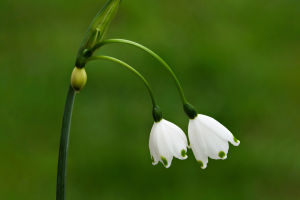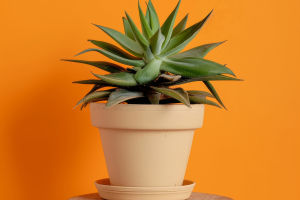Hey Lykkers, ever wondered what makes tulips so enchanting?
These flowers aren’t just pretty—they have a fascinating history and unique characteristics that set them apart.
The Origins of Tulips
Tulips originally hail from Central Asia, where they grew wild in the mountainous regions. They were introduced to Europe in the 16th century by the Ottoman Empire. The flowers quickly became symbols of elegance and wealth, especially in the Netherlands, where they spurred a famous “tulip mania” trading frenzy in the 17th century. During this period, tulip bulbs were so highly prized that their prices soared to extraordinary heights, creating one of the earliest recorded economic bubbles.
Varieties and Colors
Tulips offer an incredible range of colors and shapes, making them a favorite among gardeners and florists. There are over 3,000 varieties, each with its own unique appearance. Tulips can range from classic reds and yellows to vibrant purples and pinks. They also come in various forms, including fringed, parrot-shaped, and lily-like varieties. This diversity allows for a rich array of combinations in garden beds and floral arrangements, making tulips a versatile and visually stunning choice.
Cultural Significance
In Dutch culture, tulips are more than just ornamental flowers—they are a national symbol. The Netherlands celebrates the Tulip Festival each year, a vibrant event that showcases the country’s deep-rooted connection to these blooms.
Beyond their role in Dutch heritage, tulips also hold symbolic meanings in various cultures. They represent perfect love in some traditions, while in others, they are seen as symbols of rebirth and prosperity. This cultural significance adds an extra layer of charm to the already captivating beauty of tulips.
Growing Tulips
Tulips are relatively easy to grow and thrive in a variety of conditions. They prefer well-drained soil and need a sunny spot to reach their full potential.
Planting is done in the fall, allowing the bulbs to undergo a period of cold dormancy, which is crucial for their spring bloom. Once the tulips are planted, they will emerge in the spring, bringing vibrant colors to the garden. Regular watering and proper spacing are essential to ensure that the tulips have enough room to grow and flourish.
With the right care, tulips can create a stunning display each year.
Care and Maintenance
Tulips are low-maintenance flowers that require minimal care after blooming. To keep the bulbs healthy, remove the spent flowers to prevent the plant from wasting energy on seed production. However, it’s important to leave the foliage intact until it naturally dies back. This allows the plant to store energy in the bulbs for the next growing season.
Tulips are generally resistant to pests and diseases, making them a reliable choice for gardeners who want beauty without a lot of fuss. Proper care will ensure that your tulips continue to bloom beautifully year after year.
Tulips captivate with their history, beauty, and ease of care, making them a cherished flower for enthusiasts and gardeners alike. Embrace the magic of tulips and let their vibrant blooms brighten your world.


